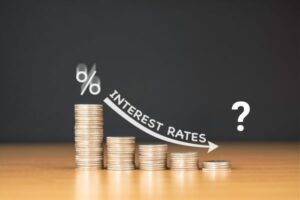A growing number of advisers and financial planners are introducing self-imposed fee caps as regulatory pressure forces a sharper focus on portfolio costs. Research published at the end of 2017 found controlling investment fees is one simple way investors can improve their net returns; the simple theory being that paying less for funds leaves a bigger net return. It said that while no quantitative factor alone can ensure outperformance, low cost continues to be the most effective quantitative filter that has been shown, with some consistency, to improve performance.
The introduction of Mifid II last year has forced asset managers to be more transparent on fees. Asset managers have been reducing fund costs, while wealth managers, IFAs and financial planners have made strides to lower the cost of portfolios to end clients. Passive strategies have subsequently started to become the core of some portfolios to lower headline costs, but some advisers are going further and implementing self-imposed investment fee caps. However, The Association of Investment Companies has recently said pension rules designed to bear down on workplace pension investment costs discriminated against investment companies that can produce higher returns but come with higher charges or performance-related fees.




